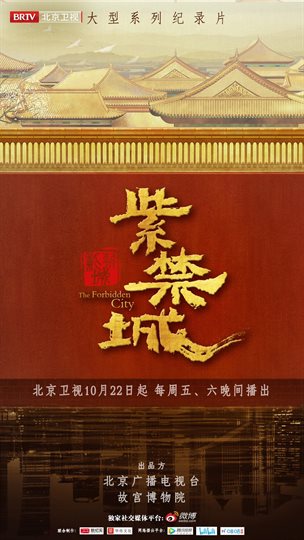50FPS版 / The Forbidden City
In the 29th year of the Wanli reign, the Forbidden City welcomed the first Western guest in recorded history. He had worked hard for 18 years for this day. He was the world-renowned missionary Matteo Ricci. His arrival brought new knowledge and concepts to the scholar-officials of the Ming Dynasty. As the first foreign missionary to enter the Forbidden City, Matteo Ricci made great contributions to the cultural exchanges between China and the West.
Matteo Ricci contributed a world map to Emperor Wanli: "Kunyu Wanguo Quantu", which is a Chinese version of the world map completed by Matteo Ricci and Ming Dynasty official Li Zhizao. It is also the earliest existing world map in China that includes the Americas. This map changed the Chinese people's "world view" for the first time. The word "Earth" in Chinese first appeared in an article signed by Matteo Ricci in the upper left corner of this map.
The enlightenment brought to the Ming Dynasty by Matteo Ricci and the World Map was an opportunity of the times. However, such enlightenment only stayed in a small part of the scholar-official class and did not affect the rulers of the Ming Dynasty.
During Matteo Ricci's stay in Beijing, there was a person who would visit his residence every day. This person was Xu Guangqi, a cabinet minister and scientist in the Ming Dynasty. Xu Guangqi's academic achievements are almost irreplaceable today, and he is considered by many scholars to be the real "first person in my country to open his eyes to the world."
Xu Guangqi studied astronomy, calendar calculation, firearms and other Western sciences under the tutelage of Matteo Ricci, whom he had long admired. He realized from his experience of accepting Western learning that the spread and development of science could enhance national strength, and developed the idea that "if you want to be superior, you must first be comprehensive", and constructed the concept of a Chinese education system that focuses on mathematics, as well as meteorology, water conservancy, military affairs, geography, medicine, architecture, music and other disciplines. Among them, the "Elements of Geometry", a work by the ancient Greek mathematician Euclid, which is considered the foundation of modern mathematics, was introduced to Xu Guangqi by Matteo Ricci and translated by the latter.
Emperor Wanli in the Forbidden City was lazy about governing the country most of the time, but he was very "diligent" in amassing wealth. From the mid-16th century to the mid-17th century, the amount of silver flowing into China reached 7,000 to 10,000 tons, accounting for about one-quarter to one-third of the world's silver production. China became the "center" of the world economy at that time. After such a large amount of silver came to China, it played a great role in promoting the commercialization of the economy in the late Ming Dynasty, especially the development of China's silk industry. China in the Ming Dynasty also had more frequent contacts with the world. The West yearned for porcelain and silk from the East, and the emperors in the East also loved the rare objects from the West.
Emperor Wanli stopped ruling for nearly 30 years and did not interfere with social and economic development. Instead, he promoted the great prosperity of China's economy and culture since the Ming Dynasty, and even saw the prosperous scene of "Wanli's heyday". However, such prosperity was short-lived. The Ming Dynasty did not truly accept the wider world, and did not transform from a feudal dynasty to a modern capitalist country like the West after the Renaissance. The eunuchs' monopoly of power and the court factional struggles at that time laid the groundwork for the collapse of the late Ming Dynasty.










































